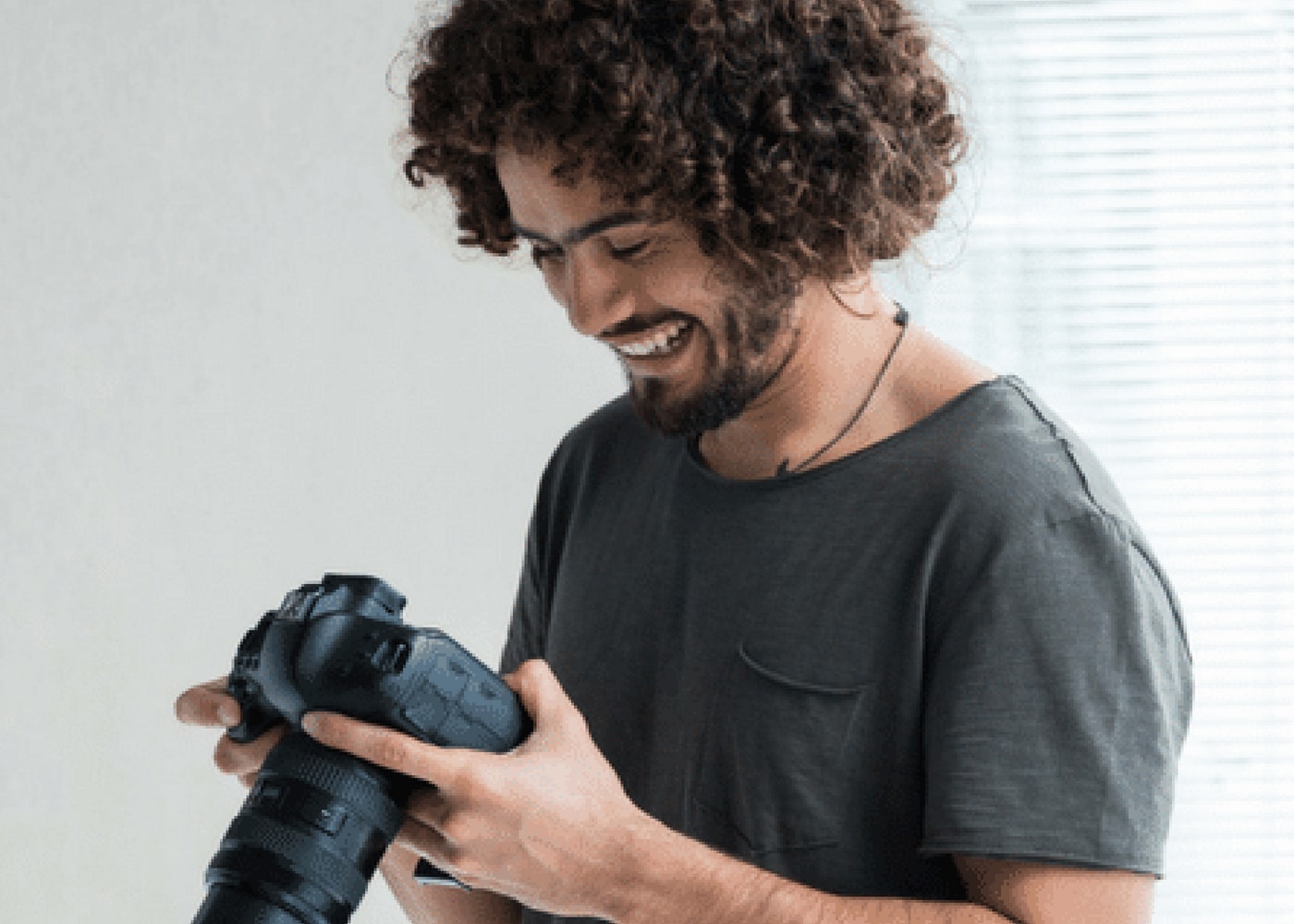The Effect of Motion In Photography
There is absolutely no doubt about it. Photography is a special thing, and that is saying the very least below an understatement. The ability to capture thoughts, emotions, and feelings, not to mention un-repeatable actions, within a single small still frame, is truly no less than a miracle at best. In fact, it is the very reason why some have chosen to devote their entire lives to this pursuit. Beauty is in any art, and with photography, it is no different. Professional Photographer, Ismail Sirdah has some tips on how to photograph splashing water.
Did you ever just stop to ask yourself exactly how all of this happens in one or two seconds? Well, that is a part of the mystery in the beauty itself, the ability to capture motion in a photograph and to keep it in one’s heart forever. For it is not an easy task, no, far from it. In fact, if you thought that shooting any still frame alone and capturing it just perfectly was a challenge difficult enough both in and of itself, then you have still quite a bit of learning to do in this field of expertise. For there is something far more difficult to pull off, and that is taking a photo of moving liquid or water when it is in motion.
Doing This “Just Right”: It May Take a Bit More Than a Try
“The setup is probably the most important part in taking a water splash photo. The first thing to do is get your backdrop and surface ready. Once you found your surface make sure the backdrop right behind it. Setup your camera. What you want to do at this point is make sure all the camera sees is black….”
After this has been prepared and adjusted as you see fit, you will want to set your camera’s different apertures to any range from around f/4 to 300 Isotopes per second as is the suggested range. Next, do not use JPEGS when choosing final image layouts. RAW files have always tended to work better and have always given that extra bit of clarity to the finished photo’s overall look. Have all forms of flash, plus reflecting equipment, on and set at a proper angle. Take a few practice shots from different angles to best decide what exactly that may be for you and your visual taste in particular.
Also, you will then want to set a timer. The proper timer and its amount are crucial to the success of that perfectly captured image. This cannot be stressed enough. Do not forget that practice makes forget, and trial and error are wonderful teachers to be had in all of life’s first experiences. Play around with your camera and equipment on these settings until you get that perfect shot to your very own liking.
When you are ready, drop an apple into a water cup or full bathtub for the motion. Capture. Re-capture. Repeat. Re-edit.
